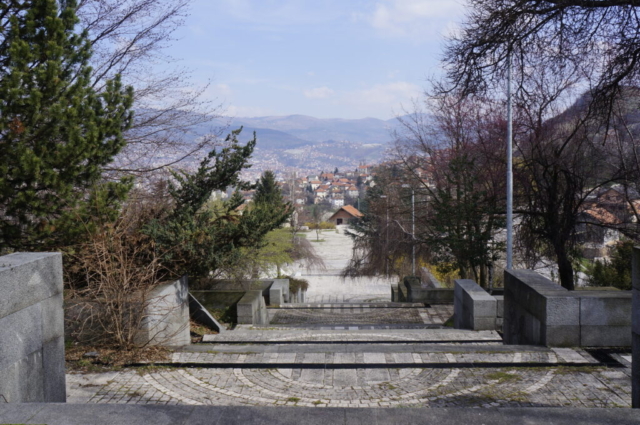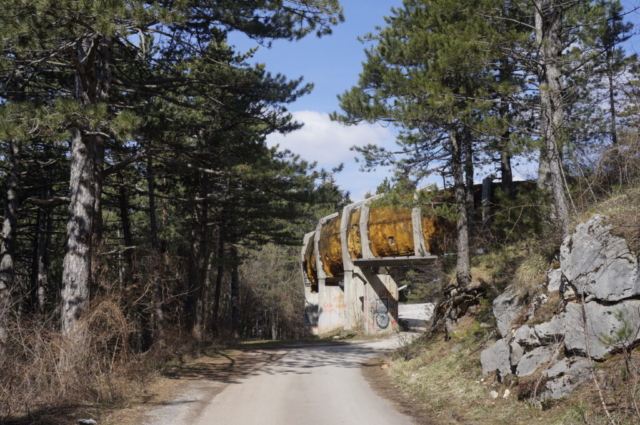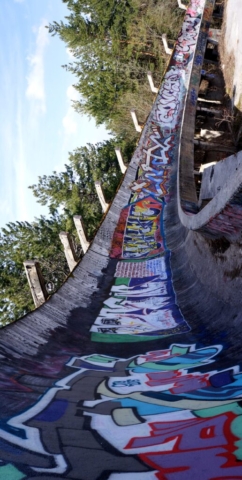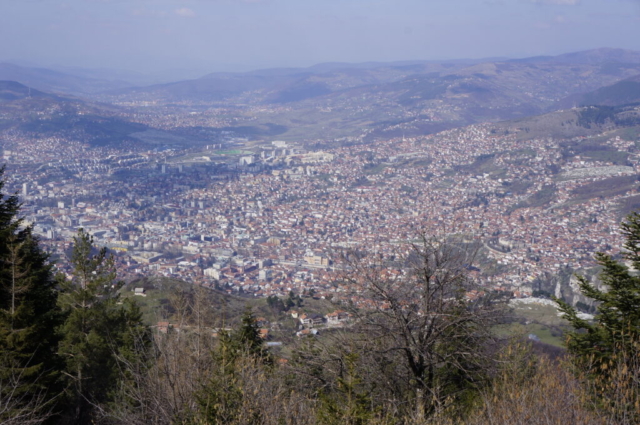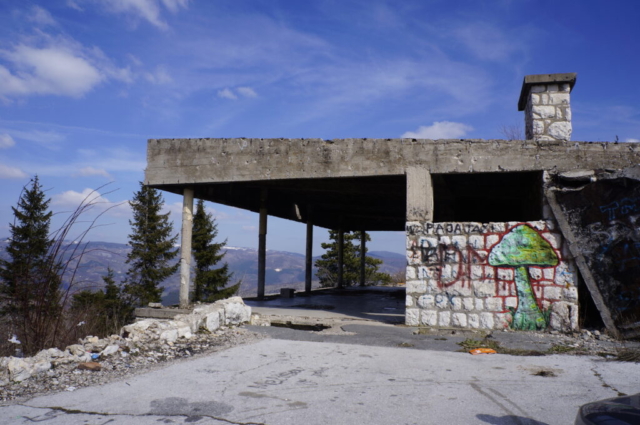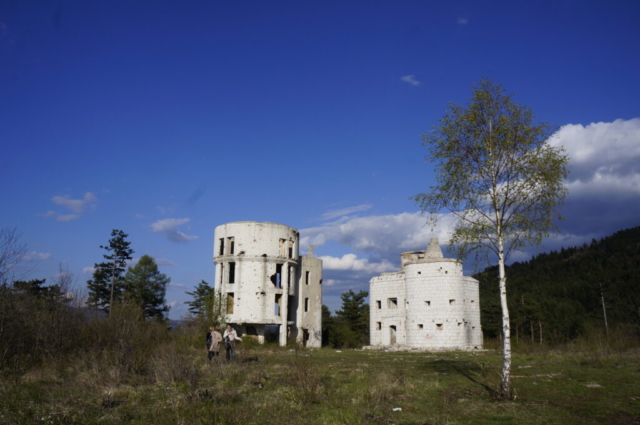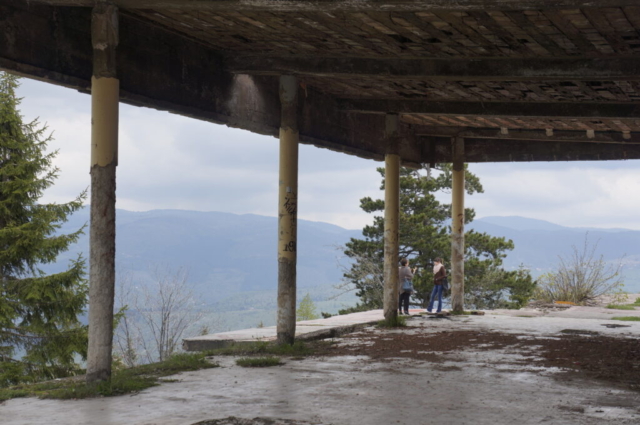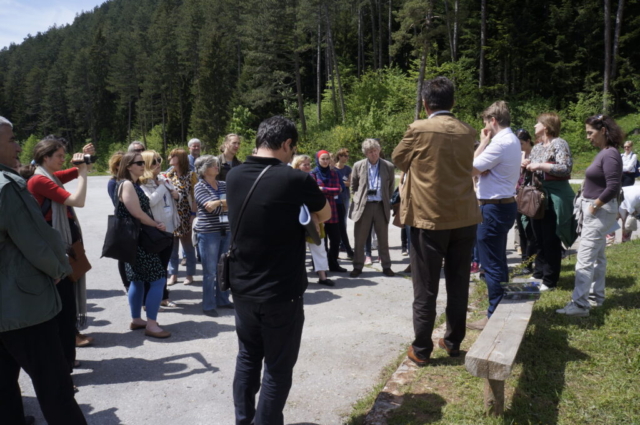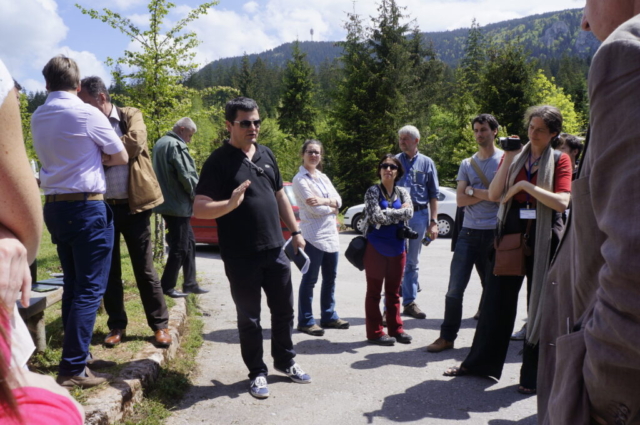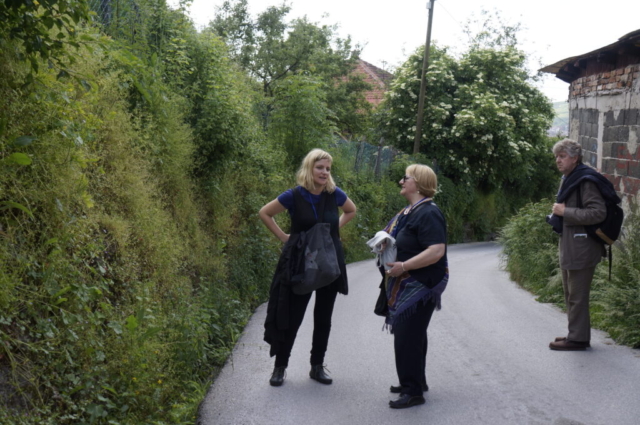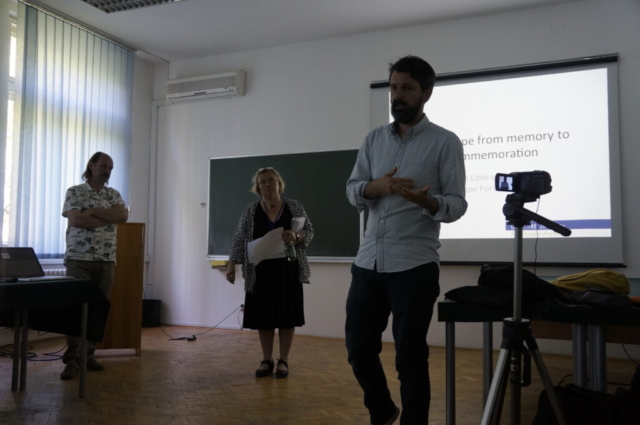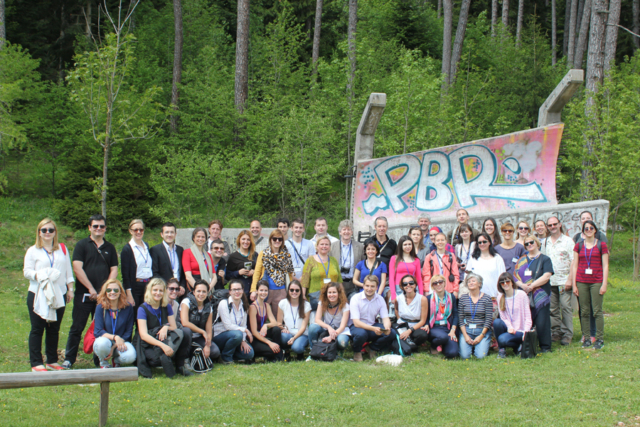Dobrovoljna, nevladina, interesna, nestranačka i neprofitna organizacija stručnog, profesionalnog i društvenog karaktera.
Sarajevo is possibly one of the few cities in Europe where city and landscape are almost symbiotic. The mountains surrounding this urbanised valley are omnipresent and strongly shape the cities’ morphology. Sarajevo is easily readable by its topography: Starting from the medieval nucleus, the former provincial capital of the Ottoman Empire, embraced by a soft arc of hills with the former fortress rock at the eastern end. Moving to the west, where the valley gets wider, the urban extension of the Austro-Hungarian period continues and transforms slowly into the linear urban landscape of the second half of the 20th century when the city was part of the socialist republic of Yugoslavia.
The loss of state-controlled planning after Bosnian independence and the fall of socialism let to uncontrolled sprawl development on the hill slopes surrounding the linear urban fabric. The topography is thus both a blessing and a curse: the natural limits force uncontrolled urban development onto the slopes which is a highly unsustainable process from various aspects.

